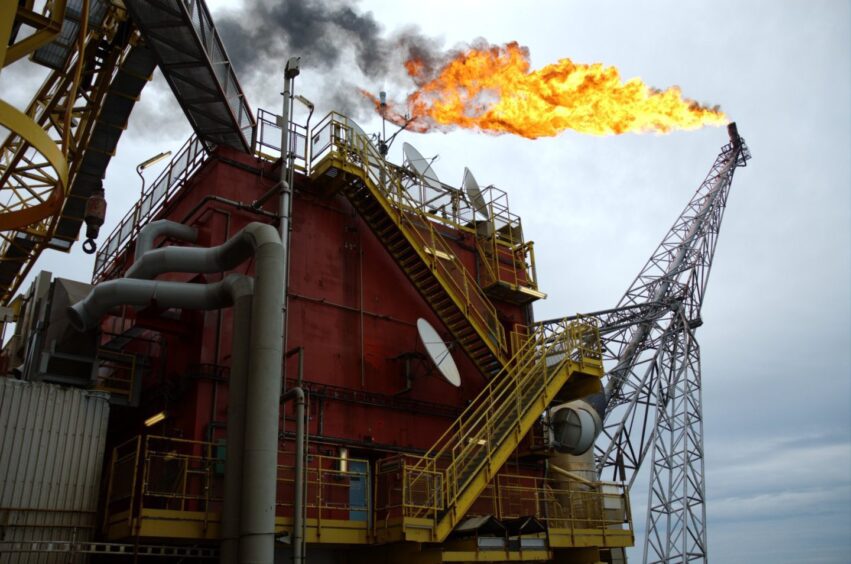
The North Sea regulator has launched a new system for managing offshore flaring and venting paperwork, in a move it says will save time and reduce errors.
The North Sea Transition Authority’s (NSTA) announced the process could now be managed “entirely online” as part of the NSTA Digital Energy Platform.
Around 500 consent applications for production flaring and venting are made each year, and each one needs to contain a wealth of information to allow the application to be properly considered and a decision made.
The regulator says its new modernised system has a familiar interface that makes it easier and quicker to input data, that includes – for the first time – terminals which were previously paper-based. It says users will save time thanks to various inbuilt validation and pre-population facilities, and increased use of drop-down menus.
Better data validation will mean a significant reduction in errors and, in turn, lessen the need for back and forth communications between operators and the NSTA. The pace of the process will also be improved as payment can now be made using a credit or debit card on GovPay.
In addition, legacy portal application and consent data will be migrated and presented in the new system – meaning that all data will be available in one place for industry.
More widely, it says the digital system will help support a wider drive to reduce greenhouse gas emissions by making it easier to monitor flaring and venting volumes and enforce limits.
The consents upgrade, which will be completed in time for the Annual Consents Exercises for Production, Flaring and Venting which will be held in August and September respectively is the latest example of the NSTA’s ongoing digital transition.
Flaring and venting cut by 50%
Emissions from North Sea oil and gas production have been slashed by some 24% since 2018 as operators drive down the intensity of their assets and older platforms close.
Although they make up a smaller proportion of those emissions compared with power generation, flaring and venting emissions were also reduced by 50% over the period from 4.62 million tonnes CO2e to 2.32m tonnes.
Nic Granger, NSTA director of corporate, said: “We are totally committed to supporting UK energy security, helping industry in the drive to reach net zero emissions, and leading the energy transition.
“This new all-digital system, which will save industry time and money and help to monitor flaring and venting volumes, supports those aims.”
The NSTA is hosting a ‘show and tell’ session on 5 March to demonstrate the new system to industry users and start to familiarise its operation in time for it to go live this summer.
Recommended for you
